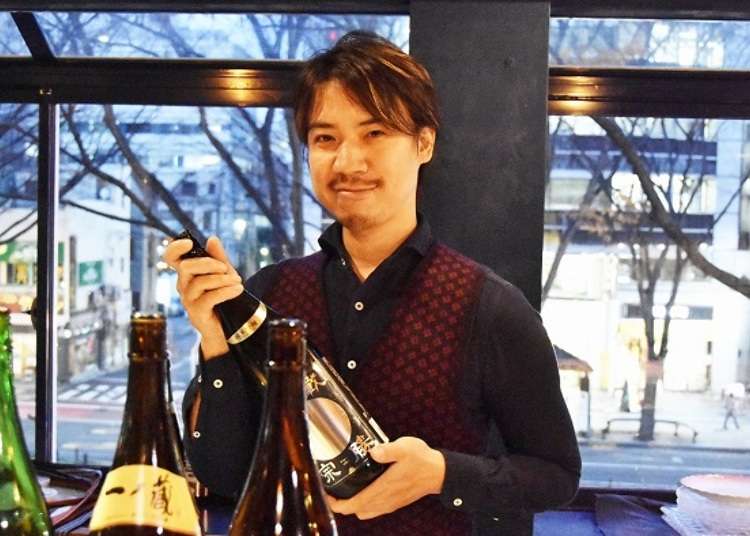
The Tohoku region is a paradise for sake lovers, boasting some of Japan’s finest brews thanks to its superior rice and water quality. Learn from sake expert Tsukasa Aoya of SAKE Zen Hatago as he unveils his favorite local brands and introduces you to the art of enjoying nihonshu.
Nihonshu, better known as simply sake to most of us, is a term in Japan that encompasses a wide range of Japanese rice wine. As you would expect, the quality of the rice and water used in the fermentation process matters a whole lot, and the Tohoku region, one of Japan's best-known rice-producing regions is home to a host of sake breweries behind popular brands that have won prestigious awards.
The largest city in the region is Sendai City, and needless to mention, restaurants there are proud to serve authentic and locally-brewed sake.
Interested to explore the world of nihonshu but don't know where to start? Join us in this article as we embark on a journey to get to know this widely-acclaimed Japanese alcoholic beverage better with the help of Mr. Tsukasa Aoya, the owner of Hatago restaurant and an accredited Kikisake-shi (sake specialist), who will be sharing with us the basics of nihonshu, his top recommendations, and how we can learn more through a comprehensive nihonshu workshop.
Hatago, where the best-tasting nihonshu Japan has to offer come together
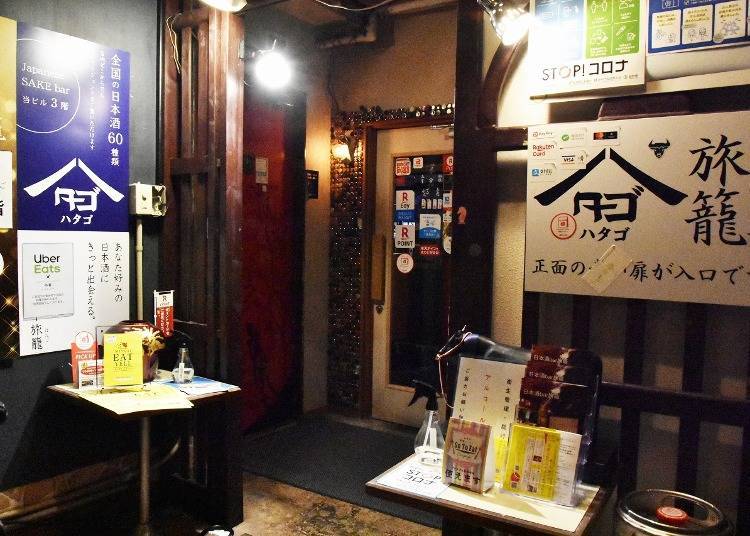
Hatago is located on the third floor of a building just a quick 2-minute walk straight from the left of South Exit 1 at Kotodaikoen Station. This station is only a 3-minute transfer from Sendai Station on the JR Lines via the Sendai Subway Namboku Line.
From the shop's counter seats, you can enjoy a serene view of the Japanese zelkova-lined tree avenue along Jōzeni-dōri, one of Sendai's most popular sightseeing spots, adding a delightful touch to your dining experience.
Hatago offers a curated selection of around 50 to 60 premium nihonshu brands from across Japan, perfectly paired with exquisite Japanese-style meals.
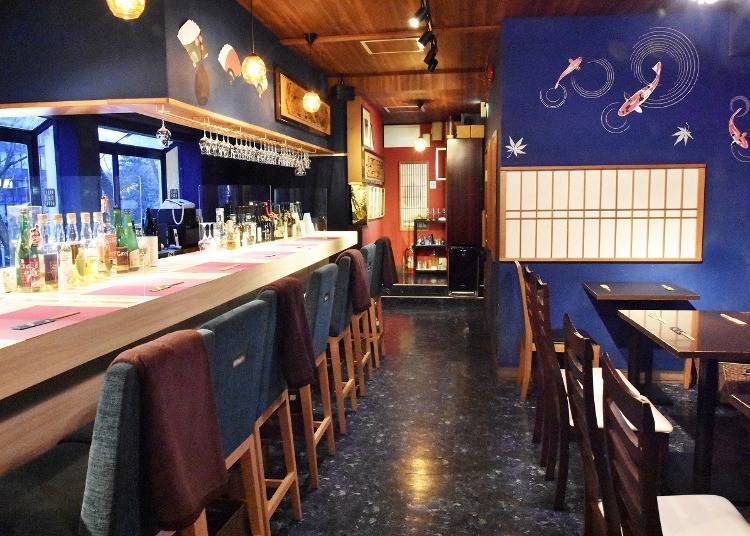
From visitors of the Tohoku region looking for authentic local brews to newcomers to the wine-drinking scene in their early 20s, everyone - even and especially beginners! - can feel welcome to Hatago's carefully crafted world of nihonshu.
Aoya Tsukasa, the owner, wants everyone to feel welcome at Hatago and hopes that his restaurant can serve as a gateway to this tasty Japanese alcoholic beverage for as many as possible.
To that end, he has prepared questionnaires with English and Chinese labels to help non-Japanese patrons be able to express their food and drink preferences clearly as well.
How is nihonshu made?
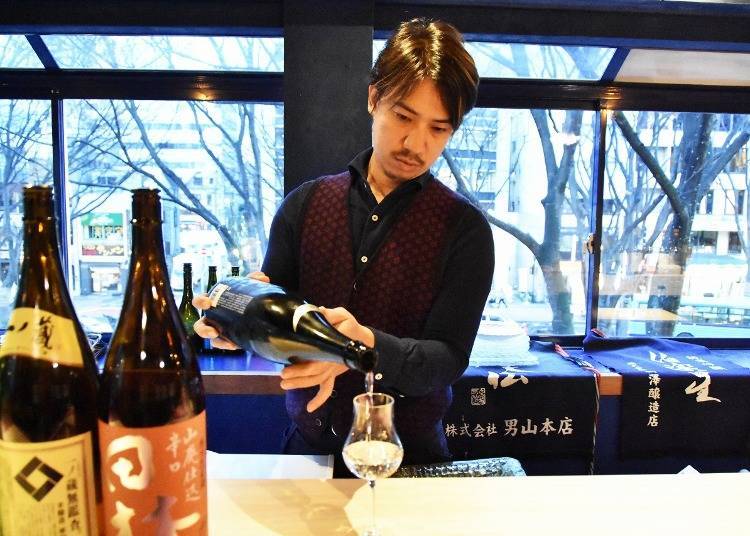
The basic ingredients of nihonshu are rice and water, yet the journey from raw materials to refined sake remains a fascinating mystery for many beginners. To shed light on the process, we asked Mr. Aoya to share some insights into the background and brewing of nihonshu. Here's what he had to say.
"The general process is like this: Rice grains are milled into refined rice to remove impurities.
The rice is then washed (senmai) and immersed in water to absorb moisture (shinshi).
After that, the rice is steamed (mushi), and kōji mold is used to ferment it (seikiku).
There are other steps as well, such as creating the yeast starter (shubo-zukuri), which is the foundation of all nihonshu, and preparing the fermenting mash (moromi-zukuri) by adding the yeast starter to a preparation tank. Then, the mash is filtered, separating the sake and sake lees (shibori), and finally, the product is stored.
"That said, the process varies by brewery. Some use advanced technology or their own unique methods, which naturally result in distinct signature flavors."
This explanation truly highlights the intricate care and craftsmanship involved in brewing nihonshu. It's clear that breweries must invest time and effort into refining their techniques to create a taste or fragrance that stands out.
What do the Daiginjō or Ginjō labels on the bottles mean?
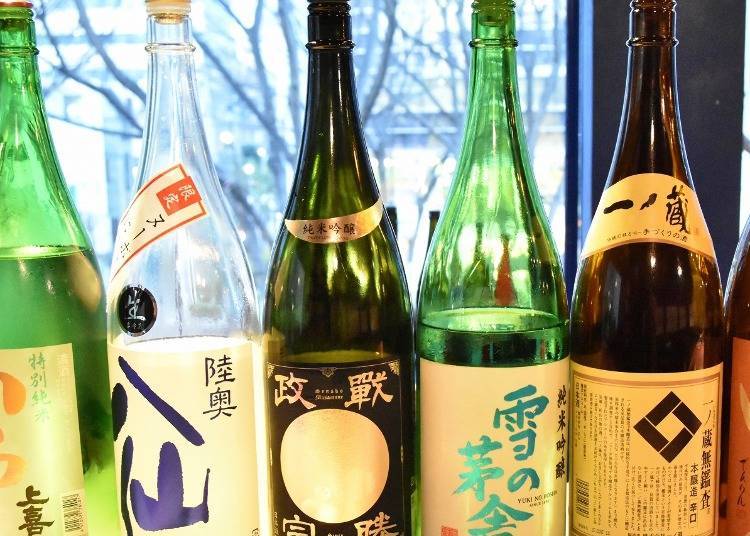
As you leaf through the restaurant's menu, you'll come across labels such as Daiginjō or Ginjō. What do these names mean? You may also be curious about pertinent details about this traditional drink, such as - how strong is the alcoholic content in nihonshu?
Mr. Aoya: "Nihonshu is typically classified into different grades, such as Daiginjō or Ginjō, based on the rice polishing ratio (seimai-buai) achieved during the milling process.
"Personally, I think there’s no need to focus too much on the grades, as fermentation techniques have advanced significantly. The most important thing is whether you enjoy the taste! While nihonshu may look similar, their flavors can vary greatly depending on the ingredients used during brewing.
"As for alcoholic content, most nihonshu average around 16%. For those who find this a bit strong, feel free to enjoy a chaser between sips, just as you would with wine!"
This newfound knowledge about nihonshu not only enhances our appreciation for this traditional drink but also promises to make the experience even more enjoyable when we finally give it a try!
Highlights of Tohoku sake and a must-try recommendation
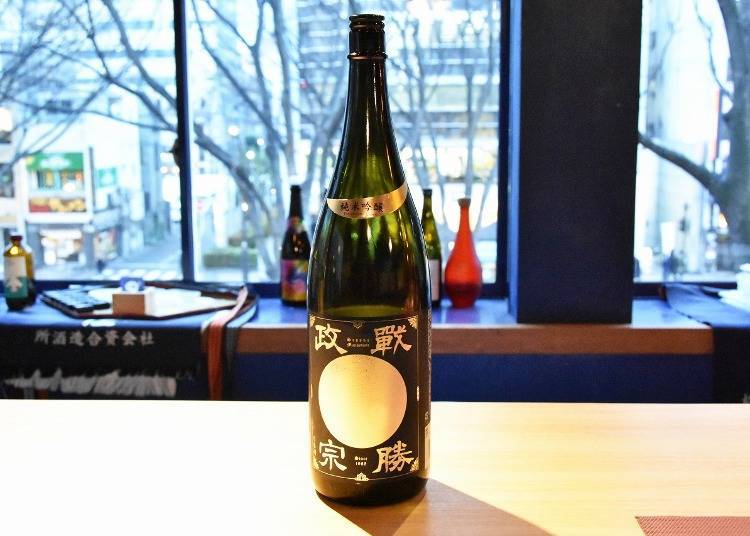
Most breweries use local rice and water to craft their sake, giving each bottle of nihonshu a unique regional character. This distinctiveness is further influenced by the brewery director, or tōji, who oversees the production process.
So, what defines nihonshu made in Tohoku, Japan's northernmost region of the main island, and what would Mr. Aoya recommend from this area?
Mr. Aoya:
"It's generally accepted that Tohoku's nihonshu is clear and smooth, easy on the throat. This might be due to Tohoku's cold climate, where brewers take extra care to avoid over-fermenting the mash during production.
"That said, research on kōji mold has advanced significantly, resulting in a diverse range of flavors even within the Tohoku region.
"Tohoku has around 240 sake breweries, and although Sendai, in Miyagi Prefecture, has the third-fewest breweries among Tohoku's six prefectures, the city is renowned for its exceptional, award-winning brands.
"My personal recommendation is Senshō Masamune from Katsuyama Shuzō, a brewery in Sendai City. Katsuyama Shuzō is a Sendai icon with over 320 years of history and connections to Masamune Date, the first feudal lord of Sendai.
"The brewery uses only the finest Japanese rice and soft water with just 35 mg/L mineral content, sourced from Izumigatake Mountain. The resulting nihonshu is aromatic, rich, and goes down smoothly."
Visitors to Sendai will surely be eager to try this local treasure from such a historic brewery. With its bright gold label, Senshō Masamune also makes a beautiful keepsake or thoughtful gift to bring home.
Exploring the world of Tohoku sake with a taste-testing workshop
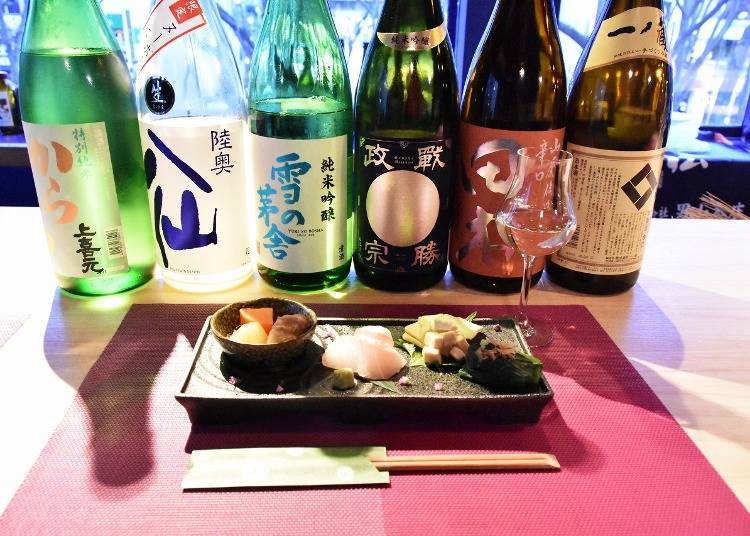
While wandering the streets in search of your ideal nihonshu sounds like an adventure, there's an even better way to discover it—by joining a workshop hosted by Mr. Aoya himself.
As a certified sake specialist, or Kikisake-shi, Mr. Aoya brings his expertise to help participants find their perfect nihonshu match.
During the workshop, you'll have the opportunity to taste six varieties of local Tohoku nihonshu, paired with an appetizer plate featuring four snacks that are expertly selected to complement sake. All of this is accompanied by Mr. Aoya's engaging insights into the world of this delightful Japanese drink.
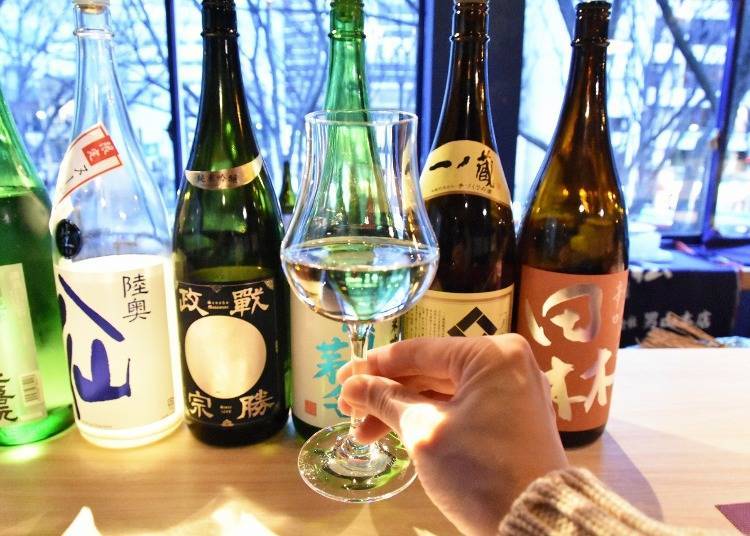
During our workshop experience, we were treated to six exquisite nihonshu varieties from the Tohoku region:
・Mutsu Hassen (Tokubetsu Junmai / Shinshu Nigori) from Aomori
・Yuki no Bosha (Junmai Ginjō) from Akita
・Jōkigen (Tokubetsu Junmai) from Yamagata
・Senshō Masamune (Junmai Ginjō) from Miyagi
・Ichinokura (Honjōzō) from Miyagi
・Denrin (Yamahai Shikomi / Tokubetsu Junmai) from Miyagi
That’s right—every nihonshu we tasted hailed from the Tohoku region!
Mr. Aoya: "While it’s helpful to learn about nihonshu before choosing one, it’s just as important to discover what you truly enjoy by going in blind at first. Many non-Japanese participants tell me that the nihonshu they tried in their home countries didn’t taste good, but that doesn’t mean it was defective—it simply might not have suited their palate.
"First, find the nihonshu that makes you think, 'This is awesome!' Once you’ve found your favorite, you can dive deeper into learning about the drink, if you wish. This workshop lets participants taste-test a variety of nihonshu individually, giving you a great chance to discover the flavor you’ve always been looking for."
The idea of picking nihonshu based purely on personal taste rather than technical knowledge is a refreshing and exciting approach. It adds an element of mystery and charm to an already captivating drink, making the journey of discovery all the more enjoyable!

The four appetizers (called fukidashi) served during our workshop were cooked vegetables, seasonal sashimi, cheese pickled with Sendai miso, and boiled greens in soy sauce.
Mr. Aoya: "Cooked food goes very well with the refreshingly spicy Ichinokura. Since Senshō Masamune is richly flavored, the sashimi will enhance its taste very well!
"The miso-pickled cheese goes well with almost any nihonshu due to its makeup. Maybe pair it with the light-tasting Yuki no Bosha. The slightly zesty boiled greens will complement Jōkigen quite nicely.
"There's frankly a lot of snacks and side dishes that go well with nihonshu, so you can feel free to mix and match the fukidashi with any of the six nihonshu being served at the workshop, according to your preferences."
Mr. Aoya especially recommends trying out the Sendai miso-pickled cheese. Although cheese is more commonly associated with wine, nihonshu is, at its core, a fermented food product as well, so it goes without saying that cheese would be a good complement for it too.
The way they bring out the best of each other is the reason why many venture to call the cheese-alcohol pairing a match made in culinary heaven.
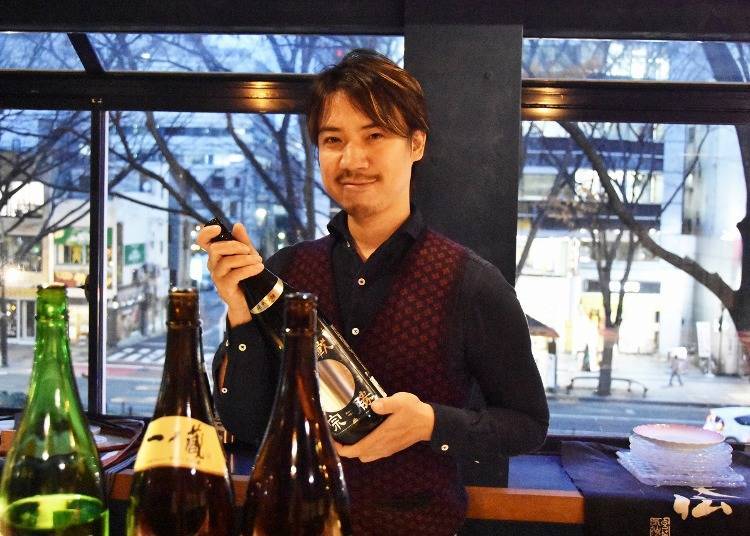
Try out some authentic and locally brewed nihonshu to make your trip to Japan even more meaningful, and get to know the Tohoku region's local alcohol better by participating in Hatago's informative workshop program!
-
SAKE Zen Hatago (Japanese Sake Tasting Bar)SAKEZen旅籠・はたご
- Address FRK Building 3F, 4-10-11 Ichibancho, Aoba Ward, Sendai, Miyagi 980-0811
- Phone Number 022-797-4490
・Hours: 6 PM–11 PM
・Closed: Sundays, Wednesdays, Thursdays
Text by: Shoepress
Translated by: Huimin Pan
* Please check the official website for the latest information.
- Area
- Category
*Prices and options mentioned are subject to change.
*Unless stated otherwise, all prices include tax.
Popular Tours & Activitiess
Recommended places for you
-
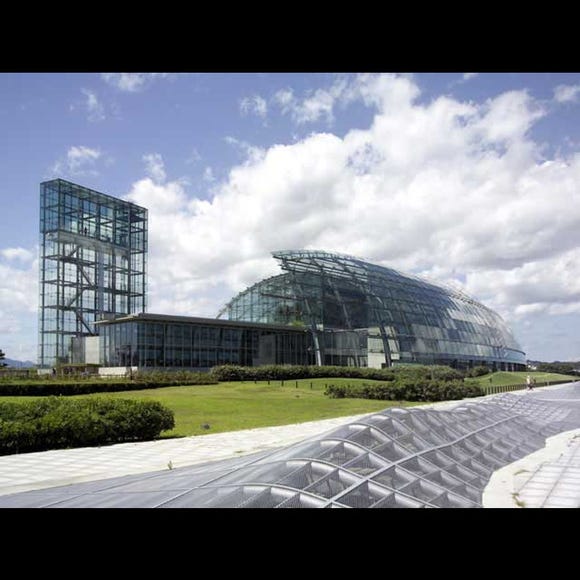
Aquamarine Fukushima
Zoos, Aquariums & Botanical Gardens
Fukushima, Koriyama And Iwaki
-
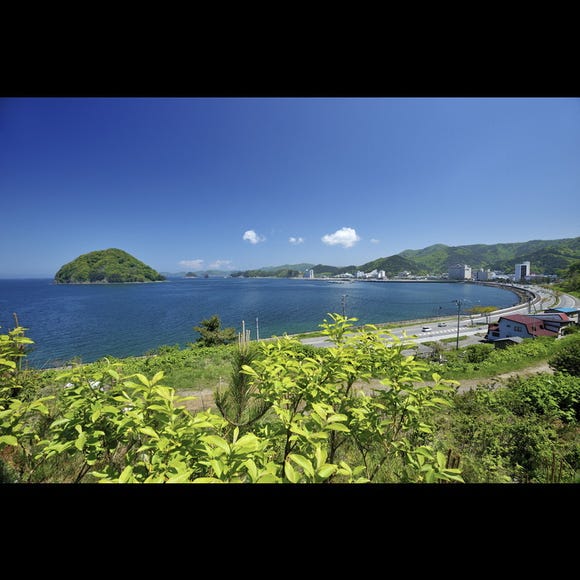
Asamushi Onsen
Hot Springs (Onsen) & Bath Houses (Sento)
Aomori, Hirosaki And Hachinohe
-

Sendai Tanabata Festival
Japanese Festivals (Matsuri)
Sendai And Matsushima
-

Matsushima Bay
Landscapes
Sendai And Matsushima
-

Zuiganji Temple
Temples
Sendai And Matsushima
-

Ishiguro Samurai House
Historical Places
Surrounding Areas Of Akita
-

Shopping in Niigata: 9 Must-Buy Souvenirs & Local Sake to Take Home
by: ShiroKu inc.
-
Ad

Just one stop from Haneda Airport! "Truly Japanese!" Food, Fun, and Knowledge Gather at HICityⓇ Enjoy An Electrifying Night at "Japan Night Fever: Haneda Innovation City"
by: Yohei Kato
-

Smart Ways to Avoid Crowds and Enjoy a Safe, Comfortable Trip to Myoko, Niigata Prefecture.
-

Shopping in Akita: 11 Must-Buy Souvenirs & Where to Shop Near the Station and Airport
by: ShiroKu inc.
-

What to Buy in Aomori? 11 Aomori Souvenirs Locals Actually Recommend
by: ShiroKu inc.
-
Ad

Meet GU, UNIQLO’s Stylish Sister Brand! Fashion-Forward Clothing in the Latest Colors (Featuring Exclusive Coupon)
-

Japanese Pop Star Shares the Curious Stories Behind Aomori Apples
-

Dining in Yamagata: Must-Try Foods & Top Restaurants Near the Station
by: ShiroKu inc.
-

Dakigaeri Gorge: Stroll Beside Aqua-Blue Streams and Brilliant Autumn Leaves in Akita
by: Guest Contributor
-

Dining in Aomori: Must-Try Local Foods, Restaurants, and Izakayas
by: ShiroKu inc.
-

Racing Across Japan in the Joetsu Shinkansen: From Tokyo to Niigata's Sake Country In Style
-

Tokyo Train Map: Your Essential Guide to Subways and Railways












